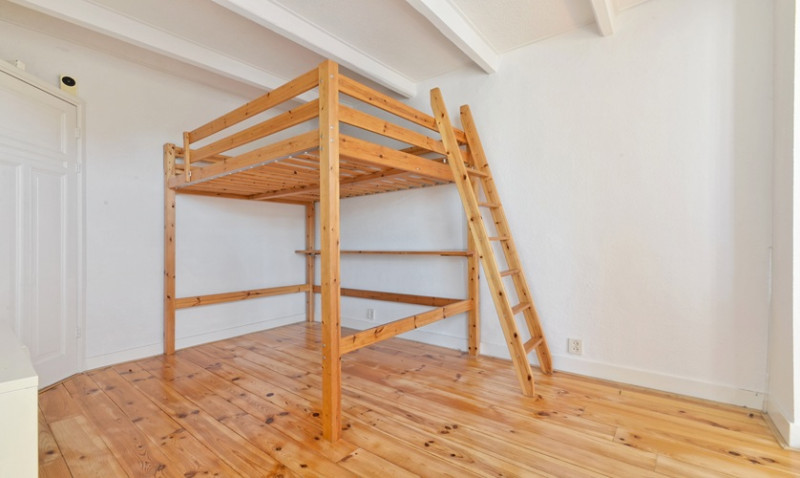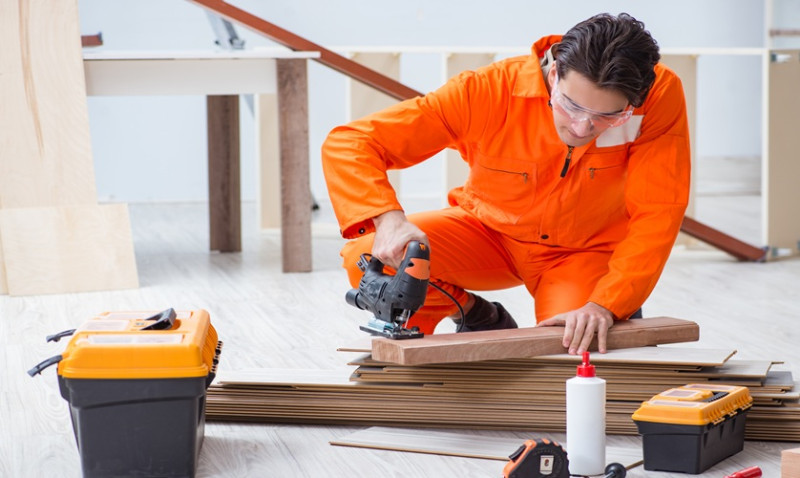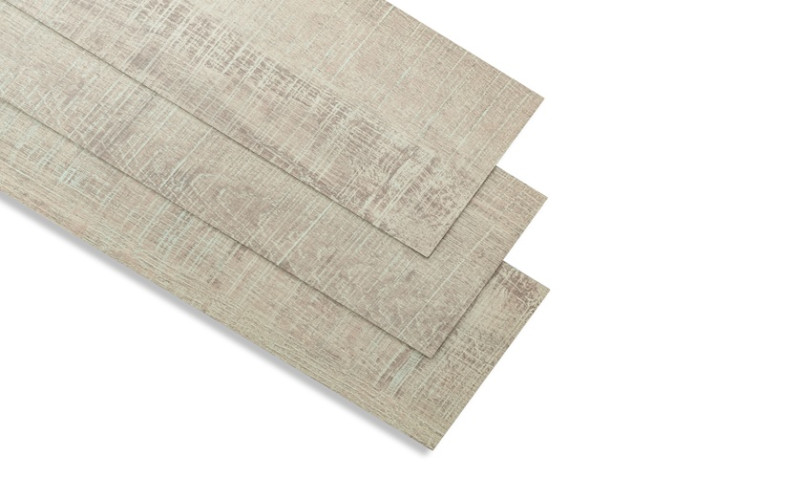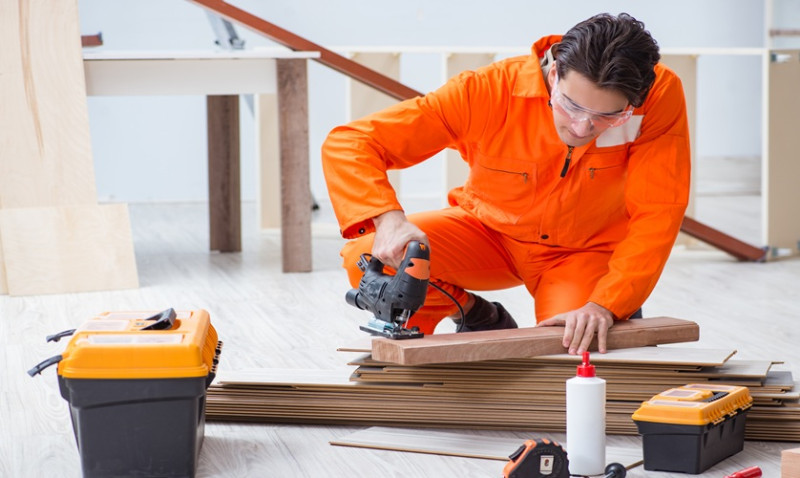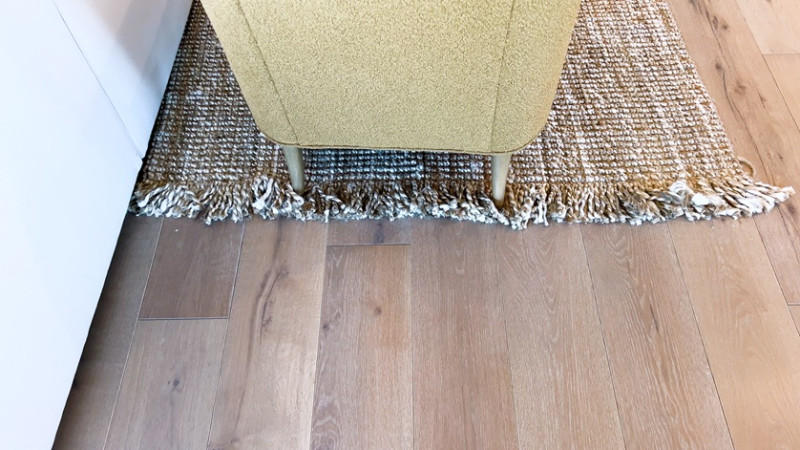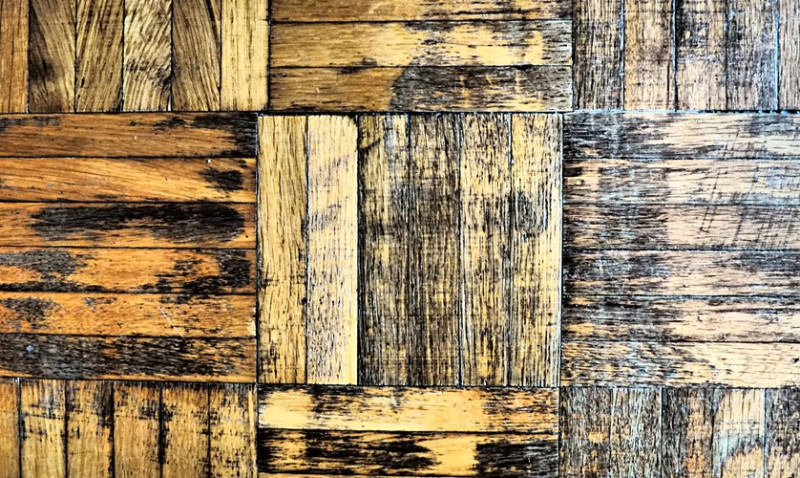
Restoring a parquet floor can bring tired timber back to life, adding character and value to your home. Whether you're a DIY enthusiast tackling your first flooring project, an interior designer crafting the perfect look, or a tradesperson looking to sharpen your skills — proper floor sanding is the foundation of a flawless finish. In this guide, we'll walk you through every step of sanding a parquet floor from start to finish.
Why Sanding Your Parquet Floor is Essential
Parquet flooring is made up of small wooden blocks arranged in intricate patterns. Over time, daily foot traffic, furniture movement, and exposure to sunlight cause the surface to become scratched, dull or uneven. Sanding not only refreshes the look of the flooring but also prepares it for sealing or varnishing, helping to protect it for years to come.
Unlike regular floorboards, parquet is more delicate. The grain direction varies from block to block, making the sanding process more complex. That’s why attention to detail and the right approach are key to avoiding damage like tear-outs, gouges or uneven finishes.
For homeowners and professional decorators alike, understanding the correct technique ensures a high-end result — one that does justice to this timeless flooring style.
Tools & Materials You'll Need
Having the right tools for the job makes all the difference in both the quality of your finish and the time it takes to get there. Here's what you'll need:
- Drum or belt floor sander (for larger areas)
- Edge sander (for corners and perimeter)
- Detail sander or hand scraper (for hard-to-reach areas)
- Various grits of sandpaper (24, 40, 80, 120 grit)
- Vacuum cleaner (with a fine filter)
- Wood filler (for gaps and cracks)
- Floor finish/sealant (e.g. lacquer, oil or wax)
- Sanding mask, ear defenders, knee pads and eye protection
It’s worth noting that most of the heavy-duty equipment such as drum sanders can be rented from DIY retailers across the UK, such as HSS Hire or Jewson. Be sure to take advice from the staff on the correct handling technique if it’s your first time.
Step 1: Preparation Work
Before any sanding can begin, proper prep is essential. Start by thoroughly clearing the room. Remove all furniture, carpets, and rugs. Unscrew or hammer down any protruding nails or staples from the floor — a flush surface is key to avoiding equipment damage and ensuring a clean sand.
If your parquet floor has been sealed with wax or oil, it’s important to clean off any surface residue using a suitable cleaner or solvent before sanding. Old finishes can clog sanding belts quickly, wasting time and materials.
Inspect the floor closely. Look for cracks, gaps between blocks, or loose tiles. Secure or repair these as needed. It’s often a good idea to fill wider gaps between blocks with a wood filler mixed with fine dust from your first sanding pass for a consistent appearance and colour.
Step 2: Selecting the Right Sandpaper Grits
Choosing the right grit progression is what separates a professional finish from a DIY disaster. You’ll typically start with a coarse grit (like 24 or 36) to remove old finishes and level the surface, followed by medium grit (40-60) to smooth it, and finish with fine grits (80-120) to prepare it for sealing.
If your parquet floor has deep scratches, heavy staining or unevenness, it’s wise to begin with a lower grit such as 24. However, for floors in relatively good condition with only mild wear, starting at 40 grit may be sufficient.
Remember, parquet requires gentle, progressive sanding. Never skip more than one grit stage as this may leave swirl marks or uneven textures that won’t become visible until finish is applied.
Step 3: Sanding the Main Floor Area
Using a drum or belt sander, begin with your chosen starting grit. With parquet flooring, it’s important not to sand in a strict straight line. Instead, sand diagonally across the grain direction to minimise tear-out and to flatten the uneven grain patterns among the tiles.
Move the sander slowly and evenly, overlapping each pass by about one-third. Always keep the machine moving while it’s engaged to avoid creating gouges in the timber. After covering the entire room with the coarse grit, vacuum thoroughly to remove dust before proceeding to your medium grit.
Repeat the process with each grit, alternating direction slightly with each stage to ensure an even, smooth result. The final sanding pass should be along the length of the room with the finest grit (typically 120), giving a flawless base for finishing.
Step 4: Edges and Corners
Once the main floor area is complete, switch to an edge sander to tackle the room's perimeter. Follow the same progression of grit levels as you used on the main floor. Take care not to leave scallop marks — smooth, overlapping passes are key.
Use a detail sander or hand scraper for awkward corners and around piping. After sanding, double-check that edges blend seamlessly into the main floor’s surface to prevent noticeable transitions.
Vacuum and wipe down edges once sanding is complete. A thorough clean-up between each sanding stage helps reduce dust and reveals any mishandled patches that may need spot-sanding.
Step 5: Gap Filling (Optional but Recommended)
For older parquet floors, gaps between the blocks may have widened over time. To improve aesthetics and prevent draughts, it's a good idea to fill these before the final sanding pass.
Mix wood filler with sawdust collected during your earlier sanding stages for a seamless blend of colour. Spread the filler with a scraper across the entire floor, pressing it into joints and cracks. Once dry, perform one final sand using 120 grit to remove excess filler and smooth the surface.
Note that some natural movement and minor gaps are expected in traditional parquet flooring — don’t overfill to the point of interference with wood expansion.
Step 6: Final Cleaning Before Finishing
Sanding generates lots of fine dust, and even small particles left behind can ruin a pristine finish. Use a high-filtration vacuum across the floor, skirting boards, and any surrounding areas. Dampen a microfibre cloth or tack cloth and wipe down the surface to catch stubborn dust particles.
Allow the floor to settle for at least 1-2 hours after cleaning before applying any finish. This allows dust disturbed in the air to settle and be removed with a final wipe-down if needed.
Step 7: Applying the Finish
Now it’s time to protect your beautifully sanded parquet with a finish. You have a few options depending on the look you want and the durability required:
| Finish Type | Appearance | Durability | Drying Time | Ideal For |
|---|---|---|---|---|
| Lacquer (Polyurethane) | Glossy or satin, clear look | High | 4-24 hours | High traffic areas |
| Hard Wax Oil | Natural matte, warm tone | Medium to High | 8-12 hours between coats | Living rooms, bedrooms |
| Penetrating Oil | Deep natural finish | Medium | 12-24 hours | Period properties, rustic appeal |
Apply using a roller or brush, working in small sections and following product instructions. Most finishes require at least two coats, with light sanding between coats using a fine grit pad (around 150-180) to remove any nibs or imperfections.
Always ventilate the area properly and respect curing times before moving furniture back in. Rushing this final stage can compromise months, or even years, of your floor’s lifespan.
Final Thoughts
Parquet floor sanding isn't just a maintenance job — it’s a transformative process that enhances your interior aesthetic and adds value to your home. While it requires patience, precision, and a bit of elbow grease, the results are well worth the effort.
Whether you're looking for a contemporary Scandi-style matte finish or the rich glow of traditional oak under lacquer, following each step carefully is the key to success. Don’t forget to factor in drying times and always test your finish in a small area first.
Looking to hire professionals for the best results, or not sure where to start with hiring equipment? Contact us and our expert team can help guide your project from sanding to final polish.
